History
From the bare rock of the glacial era it resurfaced in history in the year 846 as an islet with a few houses, a small church dedicated to San Vittore, a cemetery and some olive plants used in the liturgies.
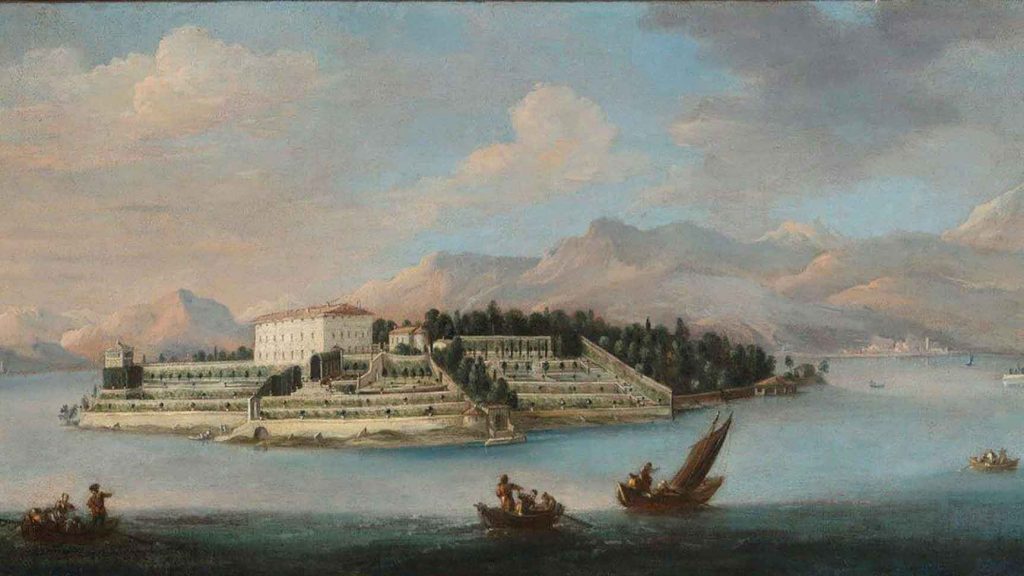
During the medieval age, the Island of San Vittore belonged to various owners (abbots and bishops) and it was only in 1501 that the document appeared that ratified the passage of ownership from the Bishop of Novara to the noble Lancillotto Borromeo.
Through marriage, the Island of San Vittore was transferred in 1520 to the Trivulzio family, and it was only in 1563 that Renato Borromeo regained possession of the property, to which he gave the name Isola Renata. New impetus was given to the construction of the Palazzo by calling on Pellegrino Pellegrini, known as Il Tibaldi, a key figure in Lombard culture and the trusted architect of Carlo Borromeo, Archbishop of Milan. The late 16th-century appearance of the Palace that we still see today dates back to this period. The gardens progressed significantly thanks to architect Filippo Cagnola, who in 1710 immortalised staircases, pergolas and vases with great precision.
At the end of the 18th century Isola Madre had taken on the appearance that is substantially conserved today, and it began to be considered a place of peace and repose thanks to its mild climate and luxuriant nature. Subsequently the greenhouses (1826) and the family chapel were built, the latter at the wishes of Vitaliano IX starting from 1858 by architect Defendente Vannini.
In the early 20th century came the idea first of transforming Isola Madre into a hotel, and then of renting it out privately to a very select clientele. But it was Giberto and Bona Borromeo Arese who defined the future of Isola Madre between the 1960s and 1980s: the Palazzo (sumptuously furnished with furniture and works of art coming from Villa Borromeo Arese in Cesano Maderno) and the vast gardens were made available definitively for the enjoyment of the public.
What to see
Palazzo Borromeo
In the Palazzo on Isola Madre the choice has been made to give precedence to the private dimension of the family.
The style is elegantly sober: a succession of loggias and rooms, furnished with tapestries, furniture items and paintings coming from various historic dwellings owned by the Borromeo dynasty in Lombardy.
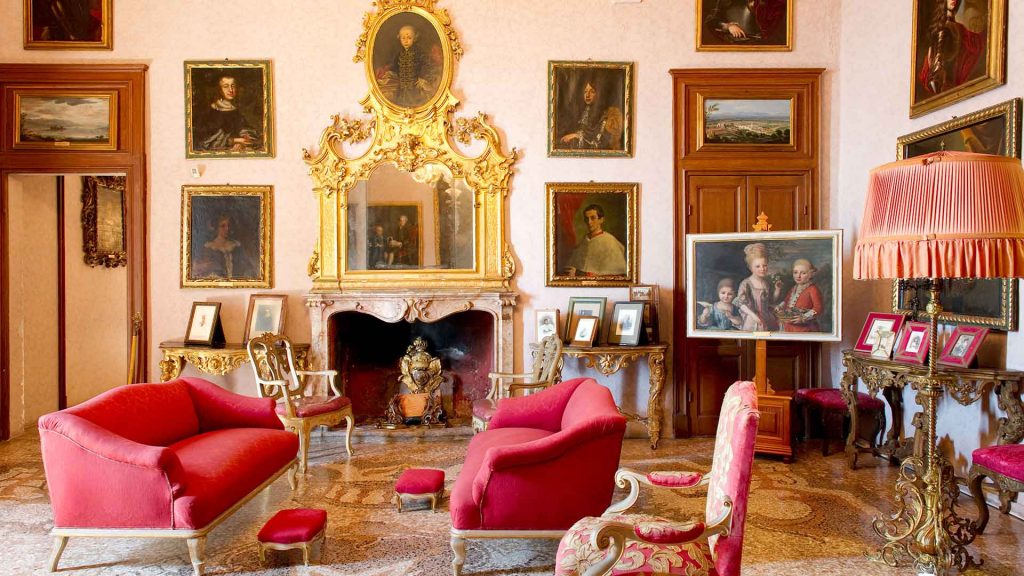
Among the most important rooms: the Salone di Ricevimento [Reception Room], the Sala delle Stagioni [Seasons Room], the Salotto Veneziano [Venetian Lounge], the Library, the Sala delle Battaglie [Battles Room] and the Sala dei Papi [Popes’ Room].
Porcelains and liveries, family paintings and canopy beds decorated with sumptuous brocade compose a fascinating fresco of courtly life. Everywhere, from the loggias or from the large windows, it is possible to enjoy charming views of the lake and the botanical park.
A heritage that presents a unique cultural insight
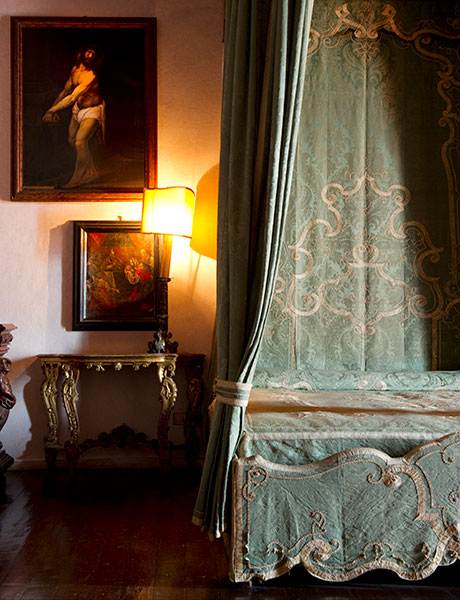
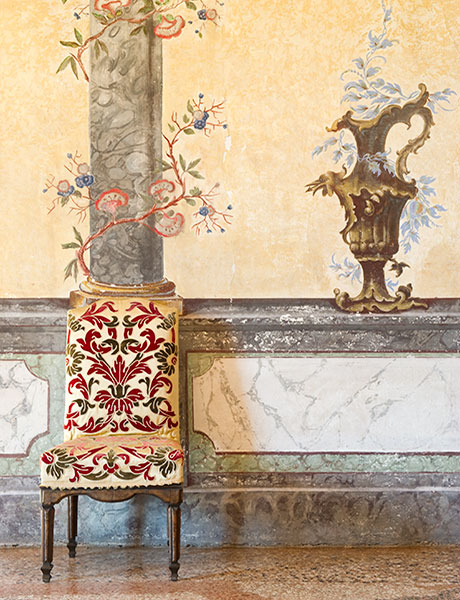
The marionette theatre
Stage sets, designs, marionettes, entire scripts, musical scores, payment receipts: a genuine home puppet theatre where the Borromeo family entertained their guests. From the mid-17th century onwards the performances involved members of the family, friends and the servants themselves. The collection exhibited is among the most extensive and best conserved in the world. The creator of the sets and backdrops was Alessandro Sanquirico, scenographer of the Teatro alla Scala in Milan, who worked for the Borromeos in around 1830. Together with the marionettes, also on display are various mechanical devices that were used to create fog, fire and stage noises: the special effects of over two centuries ago.
The Venetian Lounge
When you enter the Venetian Lounge, positioned at the sunniest point of the building, it will seem like being under a pergola supported by columns interwoven with plants and flowers.
Mirrors, Murano chandeliers and furnishings recall the taste of the Serenissima.
A perfect, sophisticated trompe l’œil enchants visitors.
What to see
The English-style garden
With its eight hectares of expanse, it is the largest of the Isole Borromee.
The botanical heritage and the strong exotic impression have made it what Gustave Flaubert called “the most voluptuous place I’ve seen in the world”.
The current English-style botanical park was created in the early 19th century and since then it has been the abode for plants and flowers brought back from trips to far-off lands and acclimatised thanks to the mild and favourable temperatures.
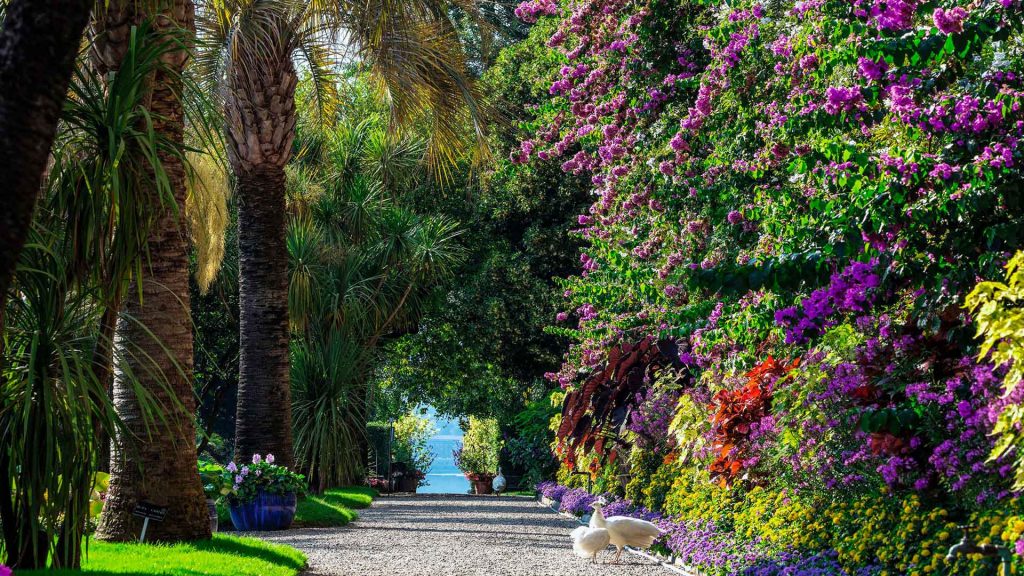
Today the garden on Isola Madre is unique for its rare plant species from every part of the world.
Continuous, exuberant flowering, the result of the endeavours of expert gardeners, continually renovating every corner of the park: from the magnolia groves to those of bamboo, from the perfumed pergolas of wisteria to the espaliers of citrus fruit, from the parterres of ancient camellias and rhododendrons to the overflowing pools of waterlilies and lotus flowers. Eucalyptuses, palms and banana trees coexist with the collection of conifers and maples. At the height of summer ibiscus, morning glories and bougainvilleas bring out the emotion of a trip through time.
Completing a setting of such harmonious beauty are multi-coloured birds roaming freely in the park. Silver and golden pheasants and white peacocks walk in tranquillity on the lawns and among the hedges.
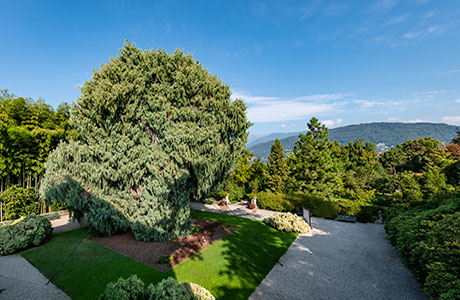
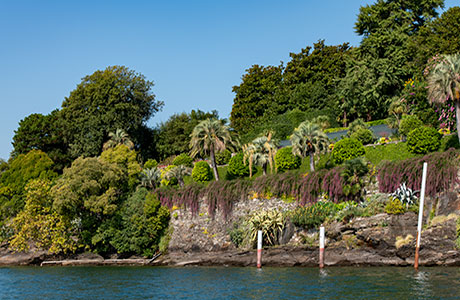
A unique botanical collection
The proteas are unmissable
The mild climate has allowed the establishing of amazing flora hard to find in other locations: rare plants coming from the most diverse latitudes and spectacular blooms make it a real earthly paradise. The terrace of proteas is unique; these are prehistoric flowers that are the emblem of South Africa, found here in their ideal environment.
The history of the cypress from Kashmir
Providing shade for the Palazzo is the imposing cypress from Kashmir, which arrived here in 1862 from the Himalayas in a bag of fresh seeds and which over the years has become a symbol of Isola Madre.
It is the largest, oldest specimen of its kind that in Europe; in its land of origin, Tibet, it is in danger of extinction.The whirlwind that hit the north of Isola Madre in June 2006 also left its mark on this huge tree.
Saving it has been an operation involving complex engineering and botanical skills. Even if it will never return to the shape that made it «the most beautiful tree in the world», the great Cypress of Isola Madre remains to provide evidence of the devotion of the Borromeo family to the conservation of the island’s natural heritage.
Since 2002 the gardens of Isola Madre, along with those of Isola Bella, have been part of the prestigious Royal Horticultural Society.
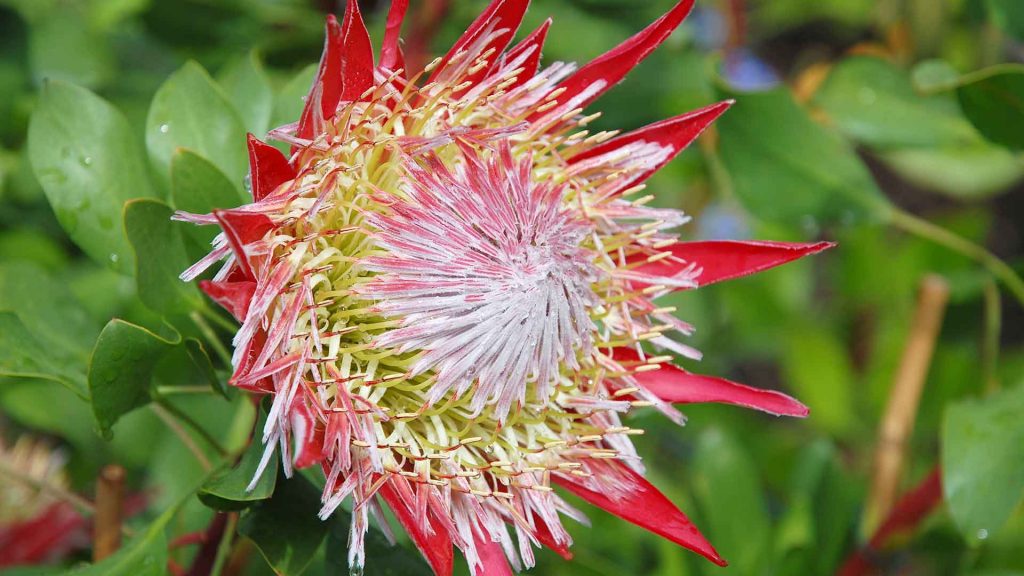
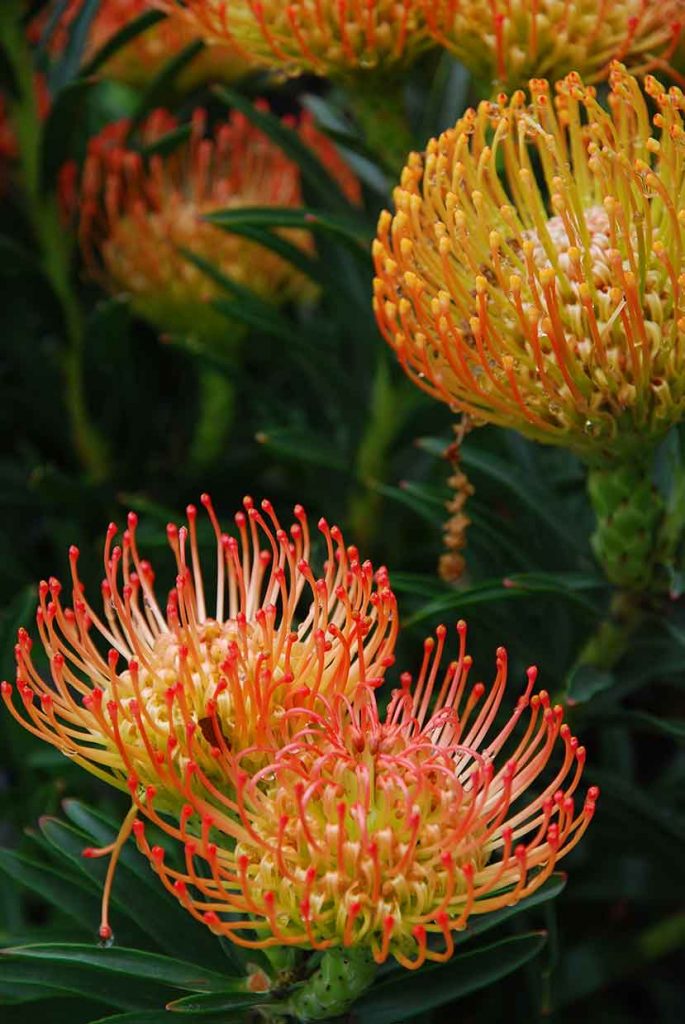
Useful info
Hours
The Palace and the Gardens of Isola Madre open every day until November 1st 2020 from 9am to 4pm – last entry.
Closures: Palace 4.30pm | Gardens 5pm
Tickets
We recommend to purchase the tickets online in order to avoid queues at the ticket-office. In addition to entrance, it is possible to buy online transportation by motorboat from Stresa to the Borromean Islands (Isola Bella, Isola Madre, Isola Pescatori).
Tickets
| Adults Single | Youngs Single | Adults Group | Youngs Group | Baby | |
|---|---|---|---|---|---|
| Isola Madre (Palace and gardens) | € 13,5 | € 7 | € 12 | € 6 | - |
| Isola Madre + Isola Bella | € 24 | € 10,5 | € 20 | € 10 | - |
| Isola Madre + Parco Pallavicino | € 19 | € 10,5 | € 16 | € 10 | € 3 |
| Isola Madre + Isola Bella +Rocca di Angera | € 28 | € 14 | € 23 | € 12 | - |
| Isola Madre + Isola Bella + Parco Pallavicino | € 29 | € 14 | € 24 | € 12 | € 3 |
| Download the pdf table with all prices | |||||
How to get there
By car
From the Autostrada dei Laghi motorway in the direction of Gravellona Toce, Carpugnino exit, following the signs for Stresa.
It is possible to park in Piazza Marconi in Stresa and from here you can take one of the boats to reach the Isole Borromee.
Alternatively, you can leave your car in the square in Carciano opposite the dock.
By train
Ferrovie dello Stato railway, Milan-Sempione line, Stresa stop. The station is around 850 m from Piazza Marconi.
With Ferrovie Nord railway, Milan-Laveno line, Laveno stop.
By bus
VB Arona Milan line: departure from Milan Lampugnano, stop B5.
Or Verbania–Stresa–Malpensa, which requires advance booking.
For info: www.safduemila.com.
By plane
Distance from the principal airports: Turin Caselle 140 km – Milan Malpensa 50 km – Milan Linate 110 km – Bergamo Orio Al Serio 130 km.
FROM DRY LAND TO THE ISLANDS
By ferry
The boats depart from the main locations on the lake.
For further information: Navigazione Lago Maggiore – scheduled passenger service. Also available is a non-scheduled passenger service by motorboat.
In Piazza Marconi in Stresa there is an info point called “BorromeoExperience” with information materials, where you can also purchase and book entrance tickets, guided visits and all the additional services available from Borromeo (travel by motorboat, overnight stays, restaurants, mountain bike hire, etc).
Vademecum Covid
• You are advised to arrive at the locations with a ticket already purchased online via the platform booking.isoleborromee
• In compliance with the safety rules, access to the sites may be limited.
• It is not possible to enter the sites if you have a high temperature (over 37.5°) or other symptoms of influenza and where hazardous conditions exist, such as coming from risk areas or in close contact with persons testing positively for the virus in the last 14 days or coming from abroad in the last 14 days.
• Access is only permitted if you are wearing a mask.
• You are advised to wash your hands frequently; hand sanitising gel dispensers are located at various points inside the sites.
• Always keep a distance of more than one meter from the other visitors and from the sites personnel.
• Luggage storage is not available.
• Inside the Parco Pallavicino, touching the cages, the enclosures and/or the facilities present inside the Park is prohibited. You are also advised not to touch the animals.
We thank you for respecting all the indications on the signs and given by the supervisory personnel.
Terre Borromeo
A story of love, protection and respect that has lasted for six centuries.
Who we areHelpful Tips
Hours
-
Isola Bella
-
Isola Madre
-
ROCCA DI ANGERA
-
PARCO PALLAVICINO
- Buy tickets, guided tours and much more safely and quickly directly online.
How to get
- Terre Borromeo is easily accessible! They are only an hour and a half from Milan and easily reachable from the main airports. Find out how to reach them by car, train and how to book the ferry that will take you to the islands.
What to see
-
Isola Bella
- Palazzo Borromeo +
- The Italian-style garden +
-
Isola Madre
- Palazzo Borromeo +
- The English-style garden +
-
Rocca di Angera
- The Historic Rooms +
- The Museum of Dolls and Toys +
- Ala Scaligera +
-
Parco Pallavicino
- The fauna +
- The flora +
-
Parco del Mottarone
- Mottarone Adventure Park +
- Bar Stazione +
- Rifugio Genziana +


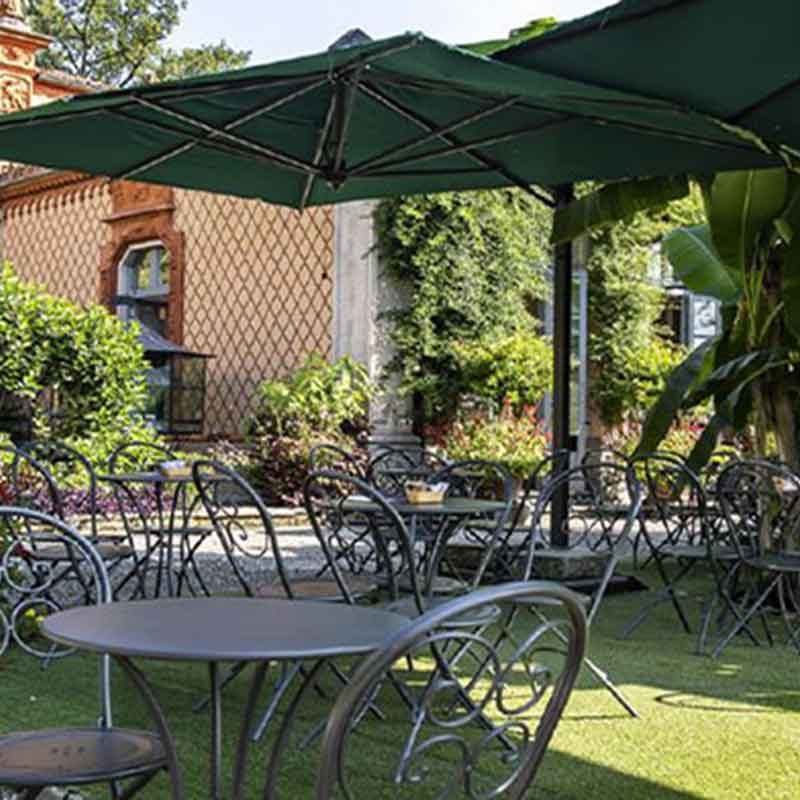
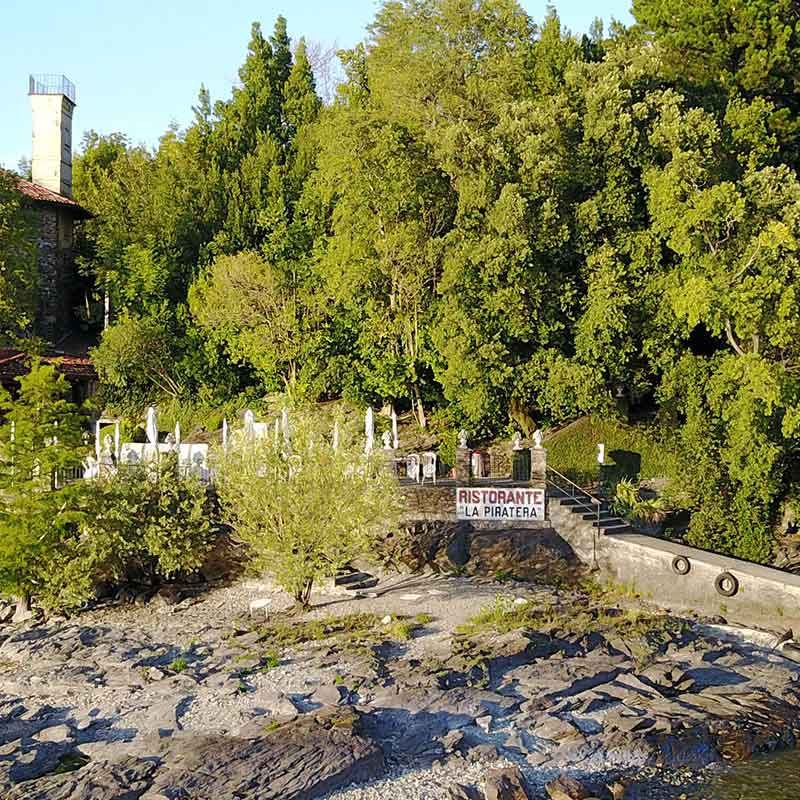
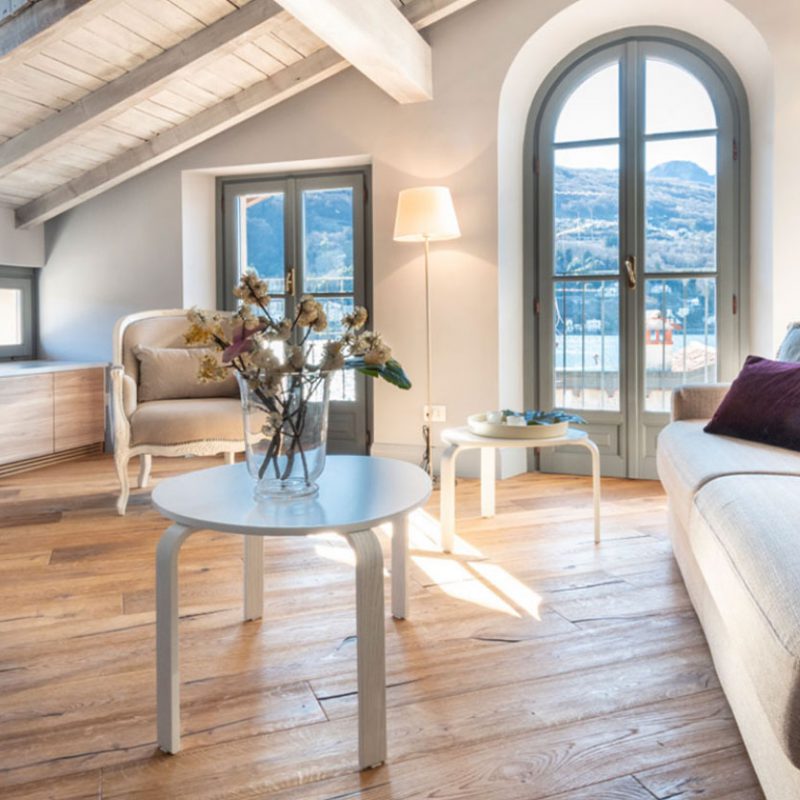
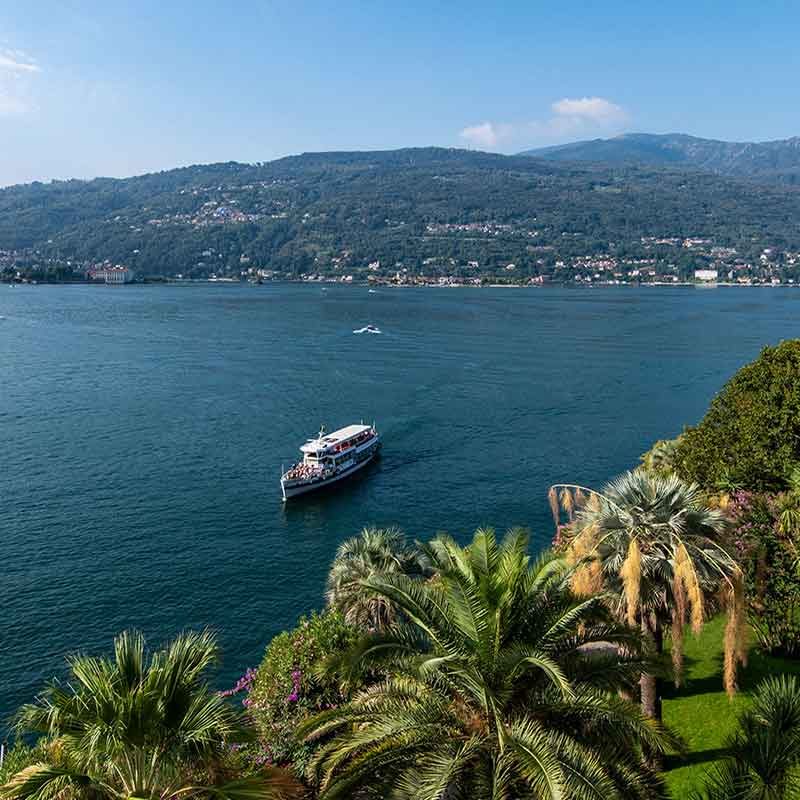

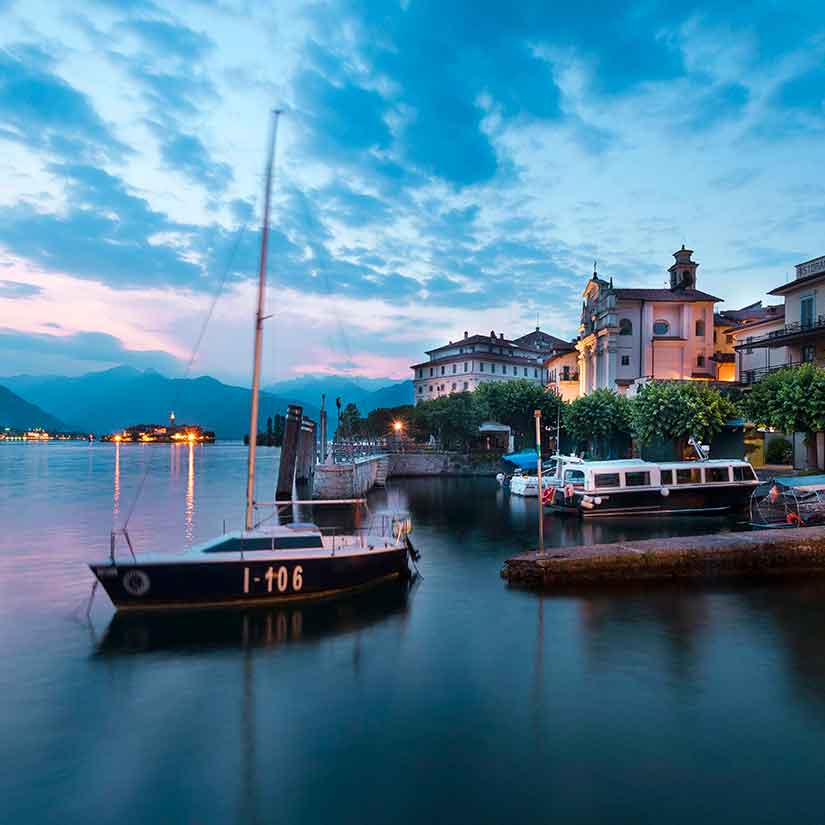






![Le previsioni per il prossimo weekend danno bel tempo!
.
Programmate una giornata all'Isola Bella: dopo la visita di Palazzo Borromeo con i suoi giardini, la terrazza del bistrot Fornello Bottega con Cucina è quello che ci vuole per un pranzo open-air vista lago, a base di prelibatezze italiane.
.
.
.
The weather forecast for next weekend is looking good!
.
It’s time to plan your day at Isola Bella. After visiting Palazzo Borromeo [Borromeo Palace] with its gardens; the terrace of the Fornello Bottega bistro and kitchen is the perfect place for an open-air lunch overlooking the lake. Here you can sample a range of Italian delicacies.
#terreborromeo #lakemaggiore #lagomaggiore #borromeoexperience #stresa #isolabella #gourmet #italianrestaurant](https://borromee.vivastaging.com/wp-content/plugins/instagram-feed-pro/img/placeholder.png)